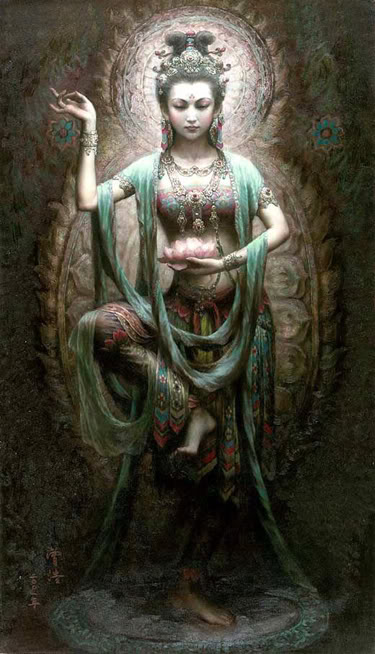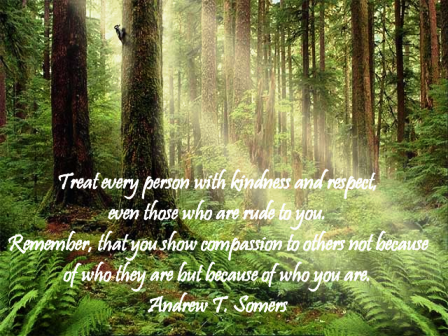In most regions of Mexico, November 1st honors children and infants, whereas deceased adults are honored on November 2nd. This is indicated by generally referring to November 1st mainly as Día de los Inocentes ("Day of the Innocents") but also as Día de los Angelitos ("Day of the Little Angels") and November 2nd as Día de los Muertos or Día de los Difuntos ("Day of the Dead").
People go to cemeteries to be with the souls of the departed and build private altars containing the favorite foods and beverages as well as photos and memorabilia of the departed. The intent is to encourage visits by the souls, so that the souls will hear the prayers and the comments of the living directed to them. Celebrations can take a humorous tone, as celebrants remember funny events and anecdotes about the departed.Plans for the day are made throughout the year, including gathering the goods to be offered to the dead. During the three-day period, families usually clean and decorate graves; most visit the cemeteries where their loved ones are buried and decorate their graves with ofrendas ("offerings"), which often include orange mexican marigolds (Tagetes erecta) called cempasúchitl (originally named cempoalxochitl, Nahuatl for "twenty flowers").
In some parts of the country (especially the cities, where in recent years there are displaced other customs), children in costumes roam the streets, knocking on people's doors for a calaverita, a small gift of candies or money; they also ask passersby for it. This custom is similar to that of Halloween's trick-or-treating and is relatively recent.Some people believe that possessing Day of the Dead items can bring good luck. Many people get tattoos or have dolls of the dead to carry with them. They also clean their houses and prepare the favorite dishes of their deceased loved ones to place upon their altar or ofrenda.
There are traditions all over the world that celebrate the 'Day of the Dead' and whichever way you celebrate it, I hope that you are blessed with happy memories of those loved ones that have gone before you.























































4 comments:
Thank You so much for this beautiful commentary on the day of the dead, so many as you say mistake it for the same as Halloween, this is a beautiful way of showing how different the two really are
Blesse be
what gorgeous images, thank you.
This is fascinating ~ thanks so much! For some reason I thought the day was celebrated in May, perhaps confusing it with Cinco de Mayo.
♥Sharon
I always wondered what the meaning behind this celebration was. Now I understand and it isnt scary to me anymore. THanks for a fab post. Hugs
Sara
Post a Comment